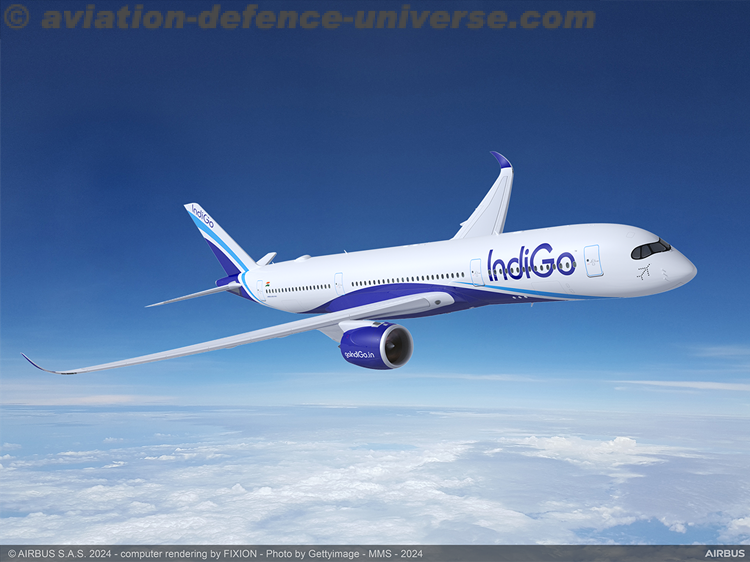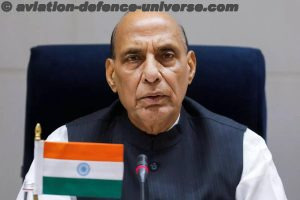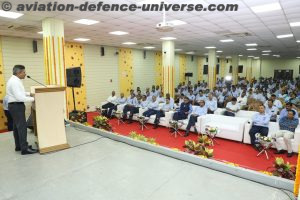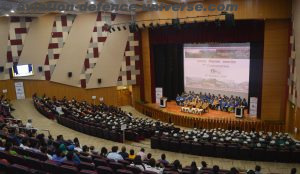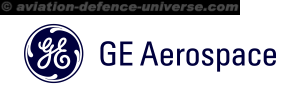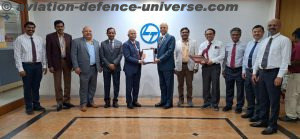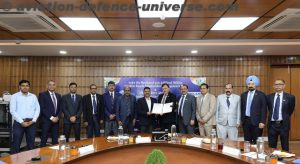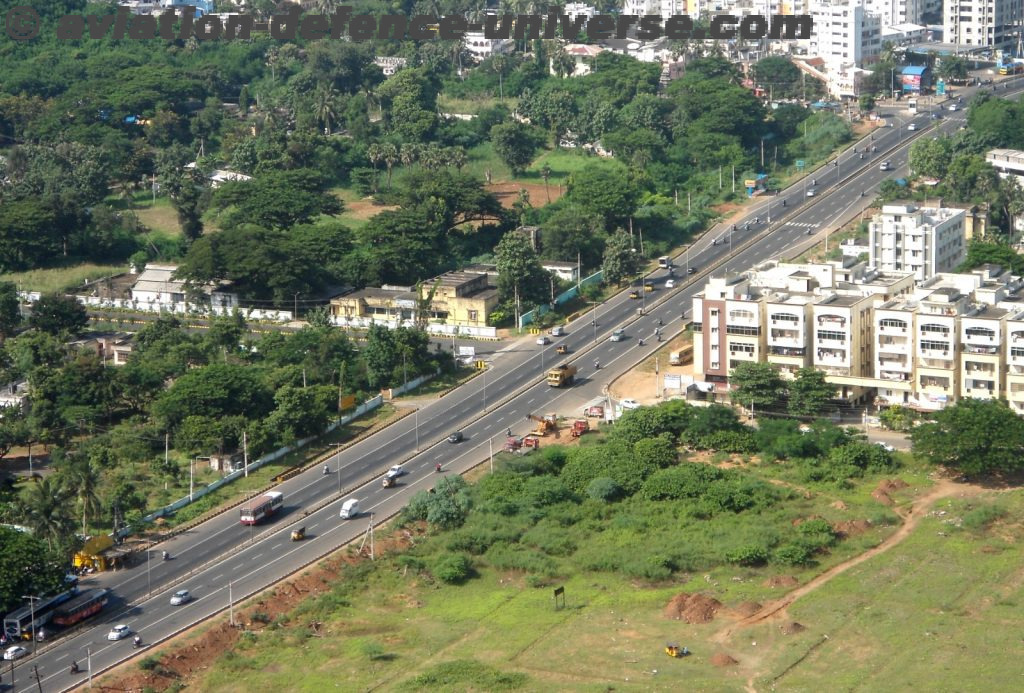
By Sangeeta Saxena
Le Bourget . 21 June 2019. With The Indian electionover and the new government in place, the million dollar question is who will get the 114 fighters much needed by the Indian Air Force and and much delayed by the South Block. But Boeing is optimistic about its offer of F/A 18 Super Hornet to India and confidently states its offering is combat proven, future ready, and still called the F/A-18 Super Hornet.
“We have just the aircraft for both the Indian Air Force and Indian Navy. Providing unparalleled services to our defense customers around the globe is paramount for us. F/A-18 production involves more than 60,000 jobs and 800 suppliers in 44 US States, This can be replicated in India,” said Torbjorn ‘Turbo’ Sjogren, Vice President of International Government & Defence for Boeing.

“The Indian forces will get the next-generation F/A-18 Super Hornet fighters in an entirely new factory-of-the-future in India, delivering performance, affordability, and indigenization for Indian customers. This partnership will create jobs, industrial capacity and a globally competitive Indian supply chain,” he stated at the Boeing’s Indian Media Round Table at the Paris Air Show 2019.
Boeing has responded to the RFI for 114 fighters for IAF. Not only ToT, this time the contenders have been asked to be the bridge for the Indian programme AMCA. The RFI asks for the specific weapons to be integrated in the aircraft. Under the off-set policy, the bidders are also required to use indigenous parts and assemblies in the foreign aircraft.
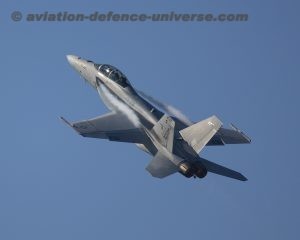
“As you know we have a partnership with Hindustan Aeronautics Ltd (HAL) and Mahindra Defence Systems (MDS) and we won’t wait for competition as we are here for a lifetime and will build the ecosystem to manufacture a globally competitive aircraft,” said Thomas Breckenridge, Vice President, International Sales, Strike, Surveillance and Mobility.
“With combat proven multi-role capabilities, advanced survivability, with room to grow and having the lowest sustainment costs among the US tactical combat fighters, the Super Hornet would be a good option for India to evaluate for its navy and air force’s fighter requirements. The Super Hornet brings the latest generation of technologies to the warfighter. With designed-in stealth and a robust capability growth plan, the Super Hornet offers a path to India’s Advanced Medium Combat Aircraft (AMCA) programme generating scale to close the business case of common components such as the common core engine,” he added.
The Block III will have the infrared search and track system (IRST), already in development as part of the earlier Block II upgrade, to give the advanced fourth generation aircraft an additional means to detect hostile low-observable aircraft at long distances. A single Block III Super Hornet will be able to passively scan with the IRST, spot targets, and present the pilot with a rough bearing overlaid on the aircraft’s radar screen.

To further enhance this flexibility, along with DTP-N and TTNT systems, the Block III aircraft will also have an updated satellite communications system, another hold-over from the Block II programme. Information from the aircraft’s own sensors and mission systems, as well as the data it receives from other sources, to feed into different displays on a single 10-inch by 19-inch flat panel touch screen that replaces the existing multi-function displays. The completely redesigned cockpit architecture, known as the Advanced Cockpit System, will also include additional backup displays and manual buttons in case this single screen fails in part or in full. Dual seat F/A-18Fs can have this practicality in each the front and rear cockpits.
Salil Gupte President Boeing India reiterated to the Indian media that the company’s investments in India are robust and ongoing, spanning technology, hi-tech innovation, production capacity, establishing a supply chain network, and developing skilling centres for aerospace manufacturing.
He stressed, “ Performance Based Logistic Package (PBL) is a condition in the RFI which requires 75% availability and 150 flying hrs for each aircraft for 10 years. Just as Boeing has the simulators, maintenance hangars and back shop capabilities for P8I and C-17 we would ensure the same type of model to provide a comprehensive PBL solution for the F/A 18 as well. Our relationship with the customer is not of a seller and buyer but as a partner.”
“Boeing will work closely with Indian industry to ensure they have the very latest technologies, applying lessons learned from the current Super Hornet production line. The program envisages transitioning airframe and subsystem manufacture to Indian industry in a deliberate way, representing extraordinary opportunity for technology insertion and growth within India’s aerospace industry,” he ended on a positive note.




